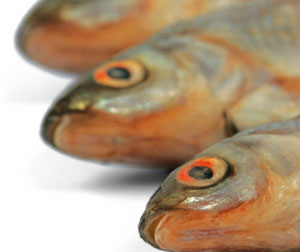Freshwater deadbaits
The natural diet of almost every pike in the land, coarse fish are deadly baits for pike and zander. Here are six of the best.
Banned Baits
Note that all freshwater fish including lamprey, pollan and trout are banned as deadbaits on most of the lakes of the Lake District of England, where only sea fish deadbaits are allowed.
 |
Roach
Match anglers will tell you that pike prefer roach to anything else, as do zander. Their bright, silvery flanks can be easily seen and their strong fishy smell and blood-red fins make them suited to static deadbaiting, sink and draw fishing and trolling. Fish of around four inches long are best for zander, six to eight inches long for pike. |
|
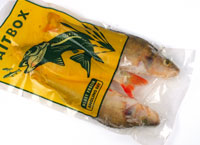 |
Perch
Some anglers think that perch don’t make good baits because of the spiky dorsal – don’t listen to them. Perch have a distinctive coloration and bold, red fins and they are readily taken by pike both large and small. Good live or deadbait. |
|
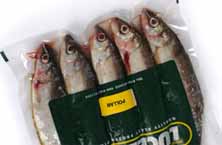 |
Pollan
In the UK the pollan, which is a salmonid, can only be found in some of the loughs of Ireland. Dead pollan are naturally buoyant and that makes them just the ticket when you are fishing over weed or soft silt. |
|
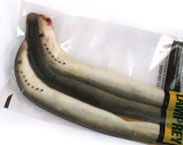 |
Lamprey
Could be classed as a freshwater or sea fish but packed with blood which pike in particular find irresistible, and has a tendency to pick off the better fish too when fished in sections. Tough skin makes them very durable and excellent for casting. |
|
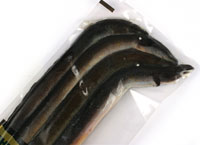 |
Eels
Like lamprey, eels have a very tough skin, meaning they are great for casting and can even be refrozen after use. Best fished in sections, they give off an aroma that pike and zander seem to love. Four to six-inch-long section is best. |
|
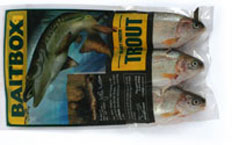 |
Trout
Trout are available as livebaits at many trout waters but they tend not to allow you to use them as deadbaits. They have tough flesh and are a good shape for long casting. Rainbow and brown trout are equally effective. |
|
Sea deadbaits
Easily available and effective almost anywhere for pike, here’s tcf’s rundown of the top sea fish offerings.
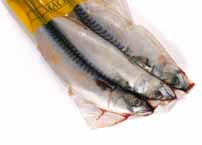 |
Mackerel
One of the most popular sea baits, they have tough flesh, which makes them good for casting, and are very oily, which helps draw pike to your bait. Most anglers fish the tail section but the head is also very good. Top treble should sit in the root of the tail. More expensive Joey mackerel up to six inches long can be fished whole. Score the skin with a sharp knife to release the oils. |
|
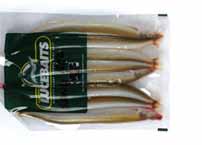 |
Sandeels
Rated as a good bait on the Fenland drains where eels probably still make up a decent part of the pike’s natural diet. Try and get hold of the larger sandeels about eight inches in length if possible. Can be effectively air-injected to pop them just off the bottom. |
|
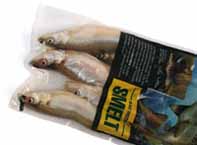 |
Smelt
For some reason smelt, which really do smell like cucumber, are absolutely deadly on many waters for pike. They are slim and aerodynamic but fairly soft so care must be taken when hooking and casting them. Available in packs from four to eight inches in length. |
|
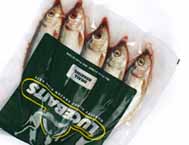 |
Herring
A very oily fish that gives off an impressive scent trail, a herring deadbait that looks a bit like a dead roach but has very bright flanks which means it can easily be seen by the fish in dark water or in weed. |
|
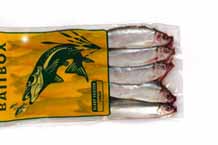 |
Spratts
A small bait that all the same seems to catch more than its fair share of 20lb pike every season. They are cheap and readily available so perhaps the pike see more of them than other sea baits. Naturally a silver, they have a strong fishy smell and are also available dyed in colours like red, yellow, green and gold. |
|
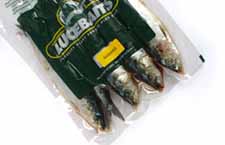 |
Sardines
Probably the oiliest of the sea fish deadbaits which explains why they can very effective very quickly. They are best used straight from frozen as the flesh quickly deteriorates and softens when thawed making them difficult to work with. Alternatively, tie the bait onto the trace with elasticated cotton. |
|



